Deep Dive into the Air Fryer Market in Europe and America
2024-09-08 15:23:08
Click:
“
Air fryers, once a niche kitchen appliance, have taken the culinary scene in Eur
”
Air fryers, once a niche kitchen appliance, have taken the culinary scene in Europe and America by storm. Emerging as a healthier alternative to traditional frying methods, these devices have redefined home cooking across the Atlantic. Let's explore the market dynamics, consumer behavior, and trends that are shaping this burgeoning sector.
Market Growth: A Healthier Way to Fry
The air fryer market has been experiencing robust growth, driven primarily by health-conscious consumers who seek reduced fat content in their diets. The promise of enjoying crispy fried foods without the added oils has resonated well with the health-oriented population in both Europe and America.
In recent years, there's been a notable increase in the sales of air fryers, spurred by positive word-of-mouth and social media influencers showcasing their versatility. Manufacturers have aggressively marketed these appliances as game-changers for keto, paleo, and other low-carb diets, contributing to their soaring popularity.
Technological Innovations: Enhancing Convenience and Efficiency
Tech advancements play a crucial role in the continued success of air fryers. Newer models come equipped with smart features such as Bluetooth connectivity, allowing users to control the device remotely through smartphone apps. This integration with modern technology appeals to the tech-savvy generations, further broadening the market's appeal.
Additionally, there's been a focus on energy efficiency, with newer air fryer models consuming less power while delivering faster cooking times, aligning with the eco-friendly trends of today's consumers.
Variety Reigns: Catering to Diverse Cooking Needs
As the air fryer market matures, product variety has become a key strategy to meet the diverse needs of consumers. From compact, single-serving sizes ideal for students and small households, to larger capacities suitable for families, the range of options is vast. There's also a proliferation of accessories like grill pans and baking dishes, enabling users to experiment with a wider array of recipes.
Cultural Influence: A Fry-Everything Culture
In Europe and America, the culinary landscape is dotted with cultures that cherish fried foods. The air fryer's ability to replicate the texture and flavor of deep-fried dishes without the unhealthy drawbacks has found a welcoming audience. From French fries to Southern-style chicken, and from Italian arancini to American-style potato chips, the air fryer has become a bridge between tradition and modernity in the kitchen.
Competitive Landscape: Brand Wars and Customer Loyalty
With the growing market, competition among brands has intensified. Major appliance manufacturers have thrown their hats into the ring, each offering unique features and designs to capture market share. Customer reviews and comparisons have become significant factors influencing purchase decisions, making brand reputation and customer service paramount.
Sustainability Concerns: The Next Frontier
As the global conversation around sustainability grows louder, air fryer manufacturers are starting to address environmental impacts. From using recyclable materials to reducing energy consumption, the drive towards greener practices is gradually finding its way into product development.
The Future of Frying: What Lies Ahead?
Looking forward, the air fryer market is poised for further innovation and growth. Advances in material science could lead to more durable and efficient devices, while artificial intelligence might introduce smarter cooking algorithms, enhancing the user experience. As the trend toward healthy eating continues, the air fryer is set to occupy a proud place in the modern European and American kitchen.
In conclusion, the air fryer market in Europe and America is a vibrant testament to the power of innovation meeting consumer demand. Health consciousness, technological advancements, and a diversity of product offerings have propelled these appliances into kitchens across the continent, promising a future where frying up a storm won't necessarily mean sacrificing your health or the environment.






 sales
sales

